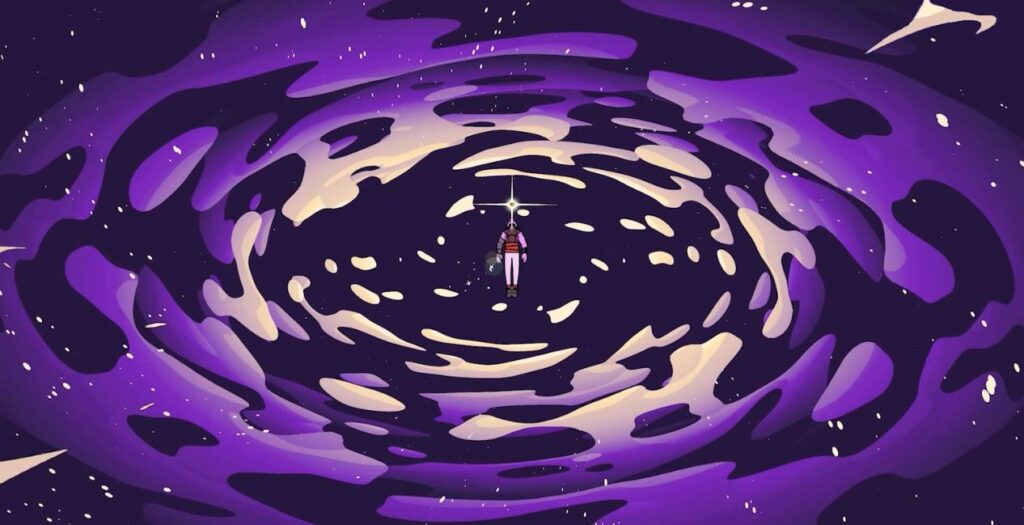Prince of Persia is in its renaissance. In January, Ubisoft Montpellier released Prince of Persia: Lost Crown, a Metroidvania that quickly became critically acclaimed and loved by players. Now, Ubisoft Montpellier and Dead Cells developer Evil Empire have come together to pull the franchise into another genre. Yes. Prince of Persia has become a roguelike, and after playing it for about 45 minutes, it’s a certified stunner. Titled The Rogue Prince of Persia, this roguelike is as you would expect from Evil Empire. It’s stylish, dynamic, and just the right amount of difficult.
The Rogue Prince of Persia follows a reckless young prince on the quest to save his kingdom from the Huns. To do so, he must traverse treachours paths and explore the grounds surrounding the city. The combat has a classic feel as you move through each area unlocking new weapons to attack with. While there isn’t too much variation (as you’d expect at the small amount we got to play), the level of each of the items increases as you keep playing. Additionally, you collect special skills that help you in your battle. Some fortify your health while equipped, and others add elemental damage when you attack. A mixture of attack and defensive skills makes for a winning combo.
When you die, and you will, you’re saved by your bola, which transports you back to a camp where you meet Sukhra who sets you back on your journey. You’re brought back in time and able to repeat your request to stop the Huns again and again until you reach success. Procedurally generated, no two runs are the same, which makes the enemy variation dynamic. While you can learn how to barrel through some areas with ease, the enemies just keep coming and can overwhelm you the farther you go. In our hands-on, I got the chance to play through two distinct levels, each noticeably unique thanks to their art styles and color palette.

The intro area puts you right outside the city in Zagros Village, with doorways decorating sand-colored walls and broken pots strewn across the desert floor. As a tutorial space, Zagros Village is magnificently created to allow you to choose your own path. This is thanks to the expert focus on building verticality. You aren’t just going straight but exploring above and below as well. With saves that allow you to move through the map that you’ve explored quickly, you can buy additional items like new weapons and buffs at a market, using the gold you’ve earned from defeating enemies.
From the outskirts of the city you enter the Aqueduct. Blue in hue, this watery location adds new mechanics for you to master. It asks you to connect your wall runs and jumps with one-way slopes that test your timing—with more and more spikes covering the walls to block your path and take your health with the wrong move. Add in some spinning wheels of death and The Rogue Prince of Persia puts you to the test. The longer you play, the harder it gets and with more time, you get better too.
Then, you make it to the Rainy Streets, and the atmosphere and score shift. It becomes stark in tone, with a score that resembles the tenor and rhythm of Mongolian throat singing. The Persian instruments and arrangements are gone and you’re in Hun territory, or at least, closer to them. As you run through the area, accented with Mesopotamian wall carvings, you find Berude, a minotaur who has set a trap for you all along.

Three things stand out from my time with The Rogue Prince of Persia. It’s art, it’s music, and its dyanimic gameplay. In 2D illustrative style, the levels and the prince are gorgeous. The purples, blues, and pinks, set a tone for the game that lulls you into it all. While it isn’t the same pixel art style that we saw in Dead Cells nor the same style we saw in The Lost Crown, The Rogue Prince of Persia is sure to be an instant hit. It’s stylized and sleek but its toon quality keeps it all light.
The score itself propels you through the areas and keeps you moving quickly. It’s hard to slow when the rhythm and cadance of the score push you to keep going. It’s also key to keep you coming back for more as you loop through your deaths. And finally, the platforming in The Rogue Prince of Persia is highly intuitive especially for those who played The Lost Crown or Dead Cells. Additionally, the simple combo scheme also works perfectly to make it easier to chain your movements from across platforms in a fluid way.
Ultimately, it’s clear that we only got to scrape the surface of The Rogue Prince of Persia. We didn’t get much about the story, and there are more levels to explore. That said, it was just the right amount to make me itch to come back for more. Additionally, when the game launches into Early Access on May 14, 2024, it’s just one step of a larger plan for it. The Rogue Prince of Persia will receive new updates that add new story content and levels in its Early Access period, meaning there is just going to be more to explore.
The Rogue Prince of Persia launches in Early Access on May 14, 2024.







